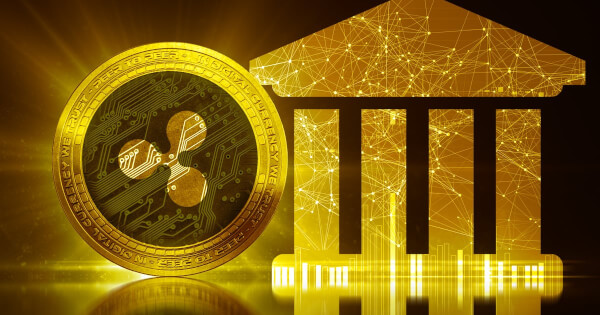Everyone has heard of SWIFT’s ISO 20022 financial messaging protocol by this point, yet despite its complexity, it is fairly straightforward.
Communication can be incredibly complicated and challenging in the financial industry. Messages can be misinterpreted, or one can simply become lost when translating them. The stakes are very high in a society where a lot of money is traded, and communication issues frequently correlate with financial losses. The ISO 20022 standard is useful in this situation.

Describe ISO 20022. What cryptography is compliant, too?
The ISO 20022 protocol is a standard for electronic data exchange between financial service providers in the payments industry. The technology used is called DLT (Distributed Ledger Technology) and the use of ISO 20022 is related to the messaging mechanism.
banks around the world are already committed to this global regulatory framework supporting SWIFT and the Federal Reserve. With these new additions to the world of finance, starting today, anyone wishing to interact with a bank should be able to use the ISO 20022 format.
As early as 2025, ISO will become the global standard for high and high-value payment systems.
The projected global adoption of new messaging models will have profound implications for financial institutions, businesses, and everyone in the world of finance and trading. More than 70 countries including Switzerland, China, India, and Japan have adopted ISO 20022 for their payment systems. It also covers over 200 payment types and harmonizes the formats and data components of different payment methods that were previously incapable of working together.
The ISO 20022-compliant cryptocurrencies are:
- Stellar (XLM)
- Hedera (HBAR)
- IOTA (MIOTA)
- XDC network (XDC)
- Ripple (XRP)
- Algorand (ALGO)
- Quant (QNT)
Each of these cryptocurrencies was created to improve the accessibility of international transactions, which allowed them to conform to the ISO 20022 standard more quickly. However, soon, more and more cryptocurrencies will work toward ISO 20022 compliance to keep up with the market; as a result, the list of cryptocurrencies will quickly expand.
The global impact
In addition to giving businesses and financial institutions a universal language through ISO 20022, standardising financial messaging has three other major advantages:
Making communications simple to recognise everyone is necessary for connecting them to corporate processes.
Reuse of components means that institutions need only map them once to their internal data structures.
The use of XML syntax as an open international standard promotes interoperability and enables automatic transfer and direct processing throughout the processing chain.
Ultimately, standardization will enrich the data contained in payment messages, improve analytics, interoperability, and reliability, compliance across technology platforms, improve fraud protection, and create opportunities for collaboration.
Despite Covid-19 impacting the financial industry and corporate payment trends, most countries are still committed to adopting ISO 20022-compliant payment architectures. The UK and US plan to adopt the standard in 2023, with a period of refinement and maturation underway. ISO 20022 is a more modern and versatile standard than the older legacy formats, so it requires significantly more data processing. As a result, banking systems and databases must be able to process these large amounts of data faster for real-time payments, daily cash management, compliance checks, and fraud detection and prevention.



















